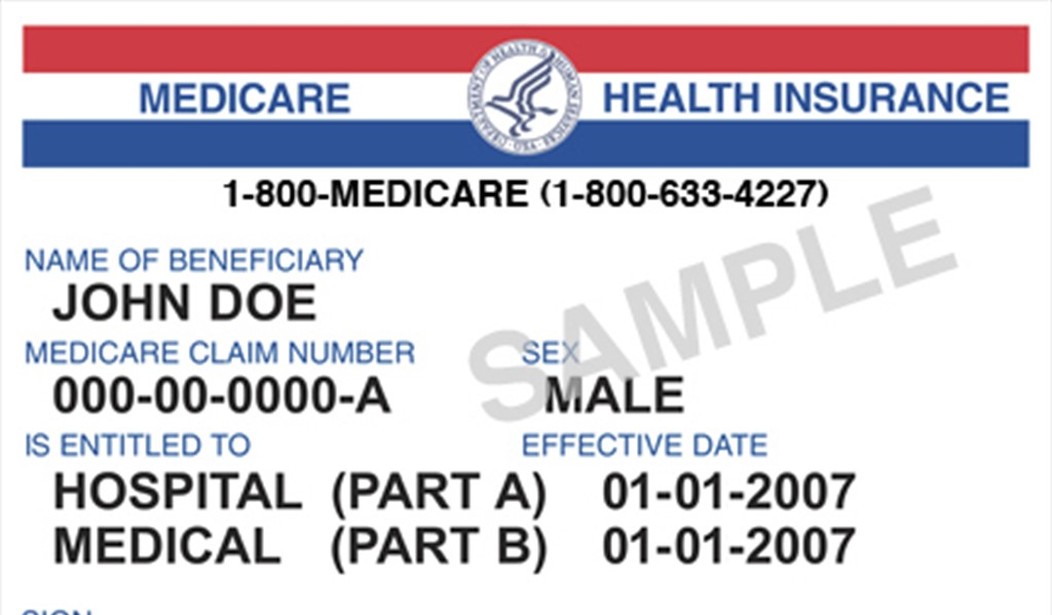Those reading this book review who are age 57 will face an insolvent Medicare program when they reach retirement age in 2031 unless some drastic reforms are implemented as soon as possible. That’s when the Medicare Trust Fund will be insolvent, according to the Medicare Trustees Report for 2023.
The basic problem is a familiar one, as the Medicare Trustees have issued an annual report describing the program’s financial health or lack thereof since the program was first enacted in 1965 as one of the crowning successes of President Lyndon B. Johnson’s “Great Society” crusade.
Credit for Medicare, however, doesn’t belong solely to LBJ because the political, academic, media, and policy campaign for the federalization of health care in America dates to liberal New Deal Democrats in the 1930s, and even further back to American progressives, labor activists, and socialists of the late 19th century who were enthralled by Germany’s “cradle-to-grave” government social programs.
But Medicare was doomed from the outset, thanks to a growing population of dependents and the fact that neither the providers nor receivers of health care services under the program determined what services were covered and how much would be paid.
That role was given to federal bureaucrats and to politicians in Congress and the Oval Office. In other words, Medicare became a vote-buying tool by which politicians in both major political parties compete for voter favor by providing maximum service with the least financial pain possible.
Insolvency becomes inevitable when demand is essentially unlimited and resources to pay for it are restricted by political interference. And note that nothing has been said here about the doleful impact on Medicare from the inflation that began rolling throughout the U.S. economy in 2021.
But now along comes Modernizing Medicare: Harnessing the Power of Consumer Choice and Market Competition from the Johns Hopkins University Press. Co-editors Dr. Robert Moffit and Marie Fishpaw head a sterling lineup of a dozen of the best healthcare public policy minds in the world, offering a superb collection of essays examining every major aspect of the Medicare challenge and offering a multitude of common sense recommendations of how to save and reinvigorate this program upon which millions of elderly Americans must depend.
Among the dozen contributors to this masterpiece of public policy analysis published by the Johns Hopkins University Press are a former Medicare Trustee, a former Medicare Administrator, and a former Director of the Congressional Budget Office (CBO).
At the heart of Modernizing Medicare is admiration for the Medicare Advantage program that has effectively served as something of a demonstration project of what to do next if policymakers are serious about saving Medicare from insolvency.
Birthed out of the Obamacare debate, Medicare Advantage offered Medicare enrollees for the first time ever the alternative of enrolling in qualified private plans rather than the traditional approach.
In the opening chapter, Dr. Mark V. Pauly, Professor Emeritus in the Department of Health Care Management at the University of Pennsylvania’s Wharton School, observes that:
Future benefits greater than future payments cannot continue forever. Some way will have to be found to make up the difference. If spending is not reduced, either this social program will increase the federal debt, with whatever consequences flow from further kicking that can down the road, or someone will have to pay more in taxes.
Or maybe not.
“Medicare enrollees are self-selecting into Medicare Advantage rather than traditional Medicare. As the Medicare Trustees reported in 2020, between 2010 and 2019 alone, private plan enrollment grew by 96 percent while the total Medicare population grew by 28 percent,” Moffit and Fishpaw observe in their introduction to Part II, which focuses on the record to date of Medicare Advantage and the opportunity presented thereby to officials.
The Manhattan Institute’s Dr. Christopher Pope makes a persuasive case that Medicare Advantage has demonstrated that the heightened role of consumer choice results in lower care costs, encourages an emphasis on preventative care, delivers better medical outcomes, provides better benefits at lower costs, and insulates participants against catastrophic costs.
From there, Johns Hopkins Assistant Professor of Medicine and Business Brian Miller, M.D., and Gail Walensky, Senior Fellow at Project Hope, point to the first major transition step in converting Medicare from a bureaucrat-friendly to a patient-friendly healthcare services program.
Traditional Medicare is the default enrollment when an individual applies for Medicare under the present system. Miller and Walensky suggest making Medicare Advantage the default instead. How would doing so benefit Medicare consumers?
Beneficiaries would gain greater financial protections along with supplementation benefits in exchange for some network access and utilization controls while still retaining the ability to elect into Fee-For-Service (FFS). Uniform access to supplemental benefits would promote health plan innovation in benefit design.
Health plans would gain market share in the Medicare marketplace due to auto-enrollment, further incentivizing development of care management programs. It would broaden the actuarial risk pool, as the vast majority of new Medicare beneficiaries would be enrolled in Medicare Advantage (MA).
But wait, there’s more!
Policymakers would obtain improved budgetary forecasting and new levers for budgetary control, as auto-enrollment would increase penetration of risk-adjusted , capitated plan products in the Medicare marketplace.
Thus the focus of Congress and [Medicare administrators] would shift to modifying future spending and adjusting capitation rates and risk adjustment methodologies, as opposed to administrative price setting of individual services as exists in FFS.
This review barely scratches the surface as there is in fact much, much more in this invaluable blueprint for saving the most popular federal social program for future generations.
Yes, it’s rather wonky, but the level of detail and quality of analysis cuts through the self-interested rationalizations of those who oppose making the program radically more pro-patient and thus points the way to what everybody wants, improved health care for all Americans.










Join the conversation as a VIP Member